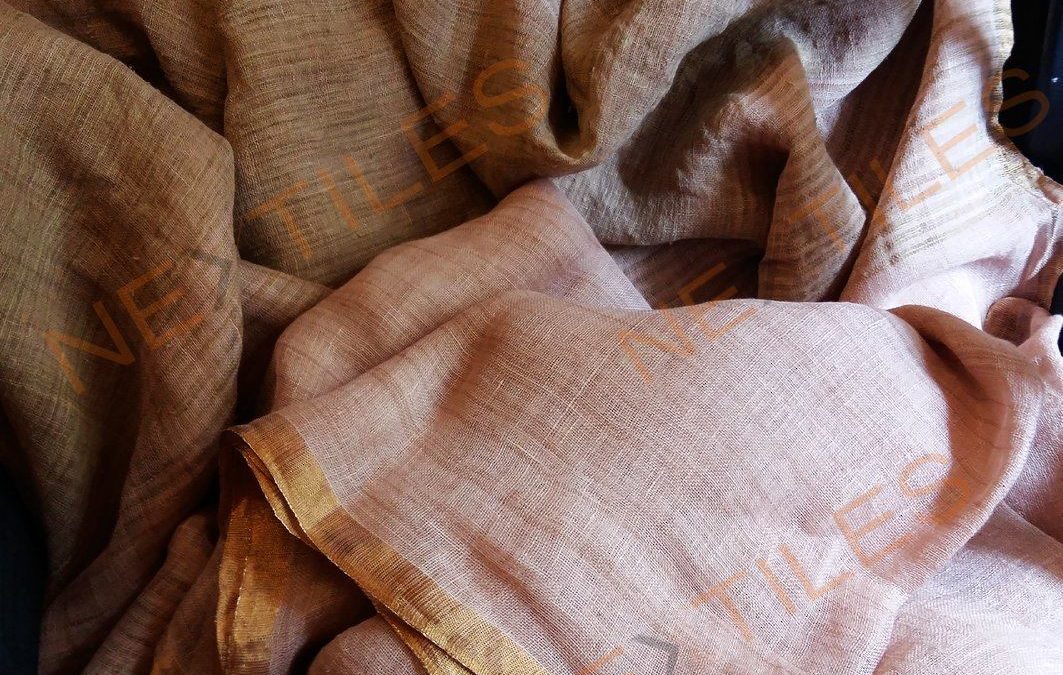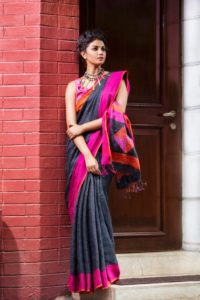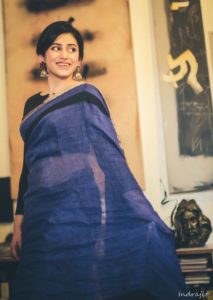
A love story with Linen
Linen- a timeless fabric made from fibres of the flax plant, that has a cool feel, is refreshingly breathable and becomes softer with wash and wear- an ideal fabric for the tropics.
From the ancient Egyptians to the Phoenician merchants to Irish mills…linen has really come a long way.
Let’s look at the history of linen..

The first evidence of the use of woven linen fabrics can be established about 36,000 years ago, with dyed flax fibres found in a pre-historic cave in Georgia. Linen was extensively used in ancient Egypt for purposes of mummification and burial shrouds, and was also prevalent in Mesopotamia for use of higher classes. Later, the Phoenician merchants brought the art of flax growing and the making of linen into Ireland, with Belfast emerging as the most famous linen producing center in history. The majority of the world’s linen was produced in Ireland during the Victorian era.
The benefits of linen are numerous…it is stronger than cotton, has a high moisture absorbancy, is hypo allergenic and highly breathable, is very structurally sound, so products can hold their shape and last, but not the least, is environment friendly, due to the fact that the cultivation requires less water and chemicals.
Linen has recently been taking the world of haute fashion by the storm. The 2018 spring/summer catwalks saw linen skirts, tabard tees and relaxed desert jackets from Jonathan Anderson, mini dresses in scorched-earth colours by the French designer Simon Porte Jacquemus, loosely draped long shirts by Michale Kors, to name a few.
Suchismita was drawn by the lure of linen when she experienced the amazing softness and comfort of the fabric during her foreign travels. When Suchismita launched her brand Nextiles in 2004, her entire collection was based on linen. Her love story with linen continues in her experiments with linen sarees in a myriad of styles and colours.

Recent Comments